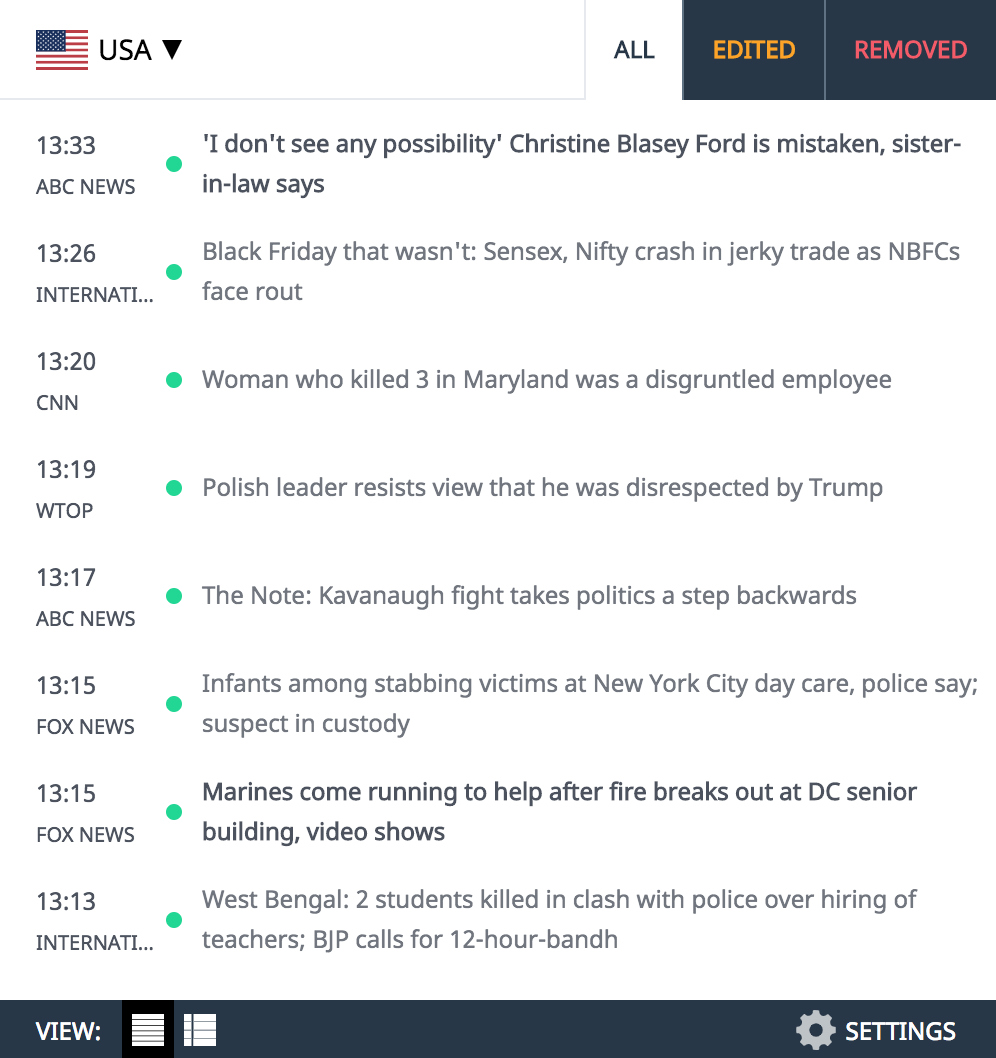© 2022 Global News, a division of Corus Entertainment Inc.
Cats can be complicated creatures. But there are hints about their happiness written all over their furry faces.

“There’s lots of pain scales out there that look at facial features,” said Dr. Liz Ruelle with the Wild Rose Cat Clinic. “The shape of the whiskers, how are those ears set? That sparkle in the eyes.”
Those facial expressions – or grimace scales as they’re called – for species like cats are highly correlated with pain.
Sylvester.ai is working with Ruelle, a Calgary feline specialist, to help diagnose your feline friend’s mood and well-being.
The Tably app uses facial recognition and artificial intelligence to assess whether your cat is having a good day.
“We saw in that first run of data that we were 96 per cent in the AI algorithm to the actual labelled data sets,” said app developer Susan Groeneveld.
Story continues below advertisement
Watch: Meet Flossie: At almost 27, this is the world’s oldest living cat
The hope is that pet owners can notice trends, catch problems and intervene earlier.
“We’re seeing people use this for end-of-life,” said Groeneveld. “When is it time to say goodbye? How much pain is your cat in?”
“Sometimes we don’t pick up on those subtle day-to-day changes until, ‘Oh my goodness, now we’re in a lot more pain,'” added Ruelle.
Read more: COVID-19 contributing to veterinarian shortage across Canada, says N.B. vet
While the app is still learning to read kittens and some unusual breeds (think the characteristic “grumpy cat” species), as more photos are uploaded to the app, the AI should be able to learn those subtleties too.
Three-hundred-thousand photos have already been uploaded to the Tably app, detecting not only chronic pain but also familiar frustrations, like hunger and dehydration.
“I think hanger is real. It’s real in our children, why can’t it be real in our cats too?” said Ruelle.
It’s technology veterinarians and app developers agree could be expanded to other animals — even humans — in the future.
Story continues below advertisement
“We’re just (sorry to do it) ‘scratching the surface,'” laughed Groeneveld. “We’re just getting started.”


